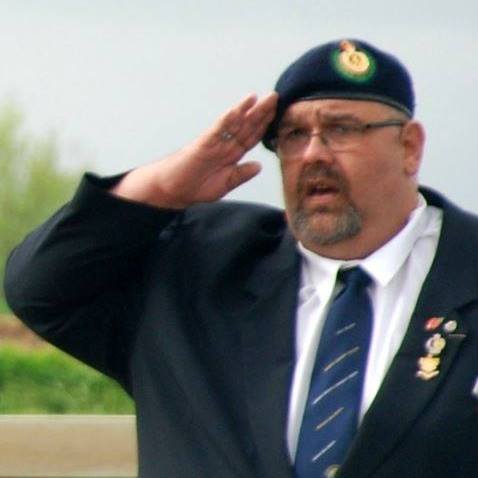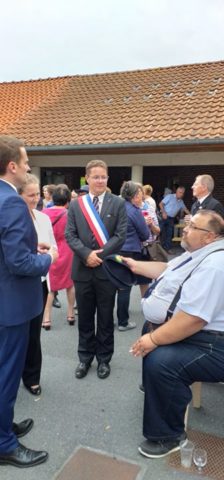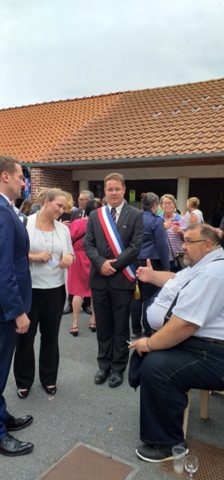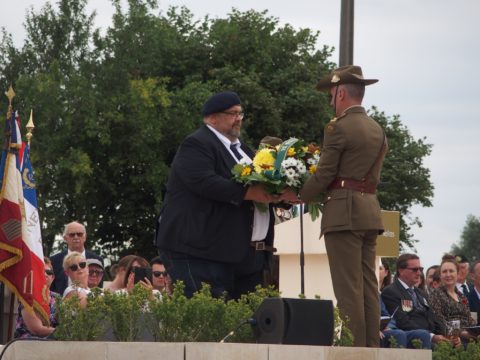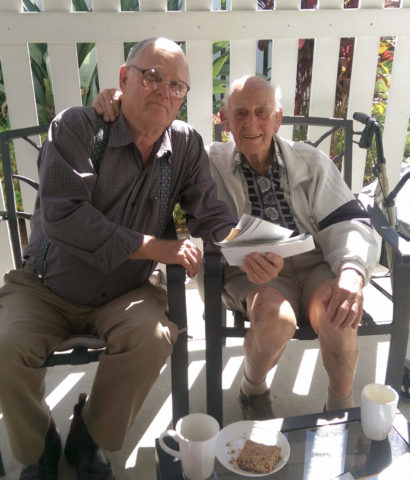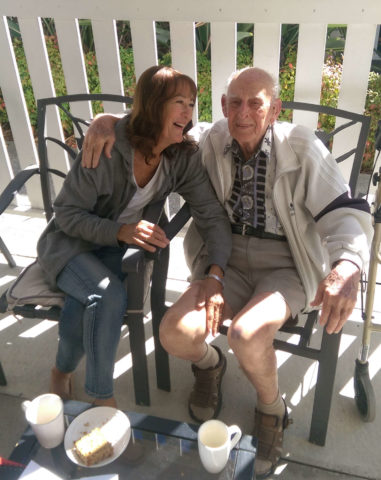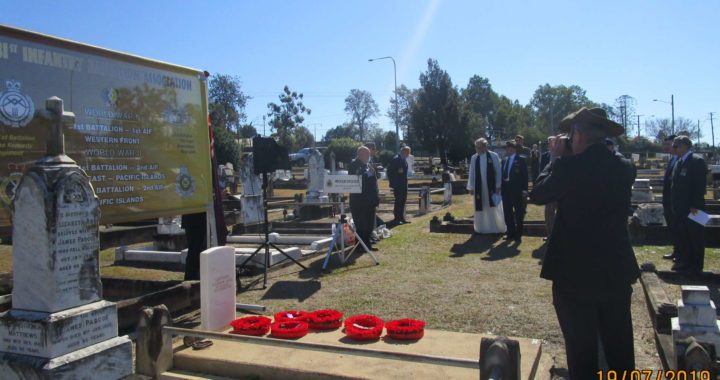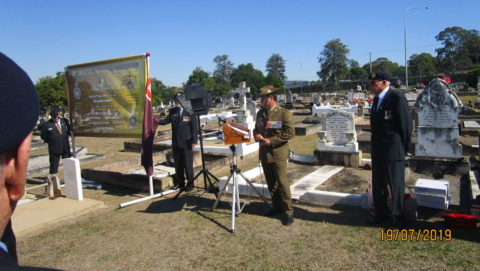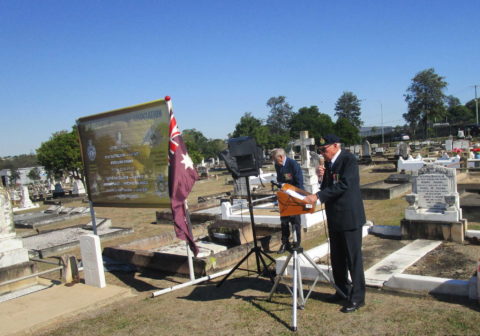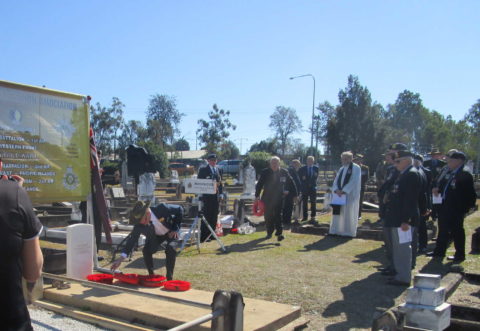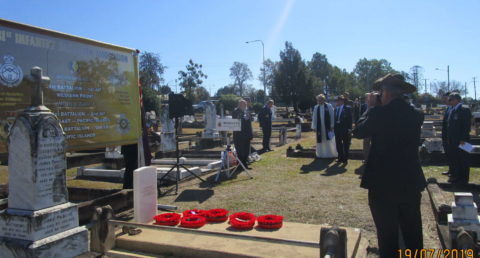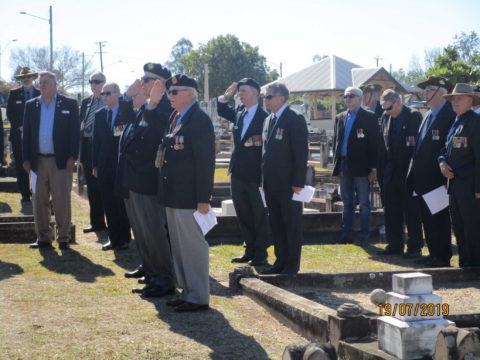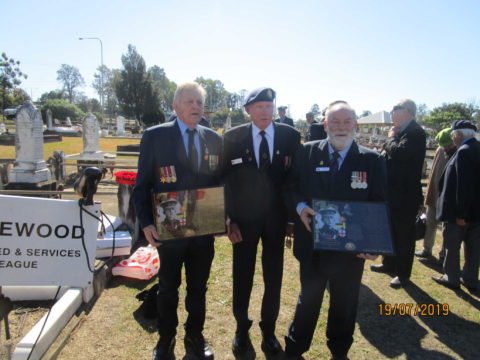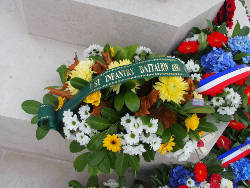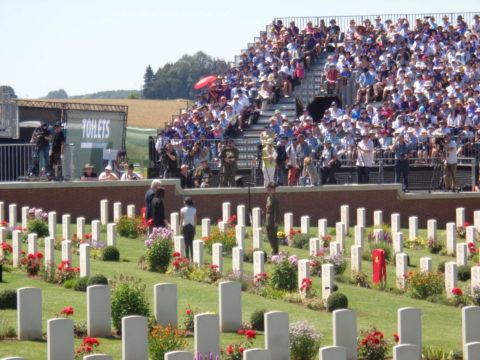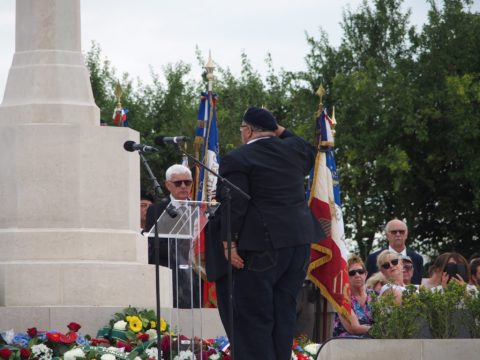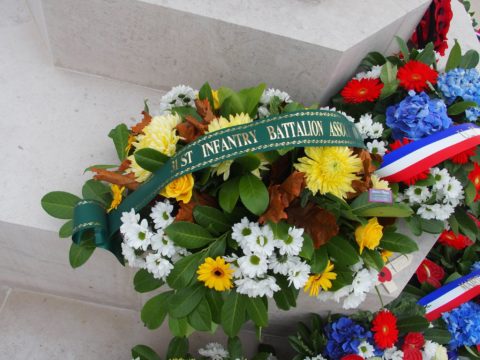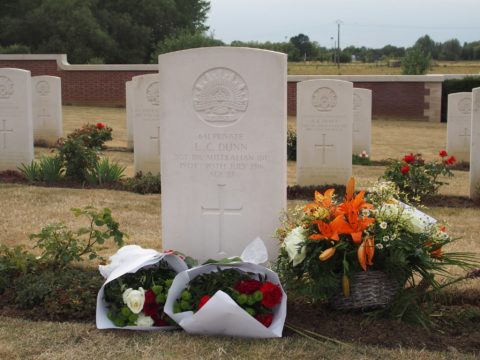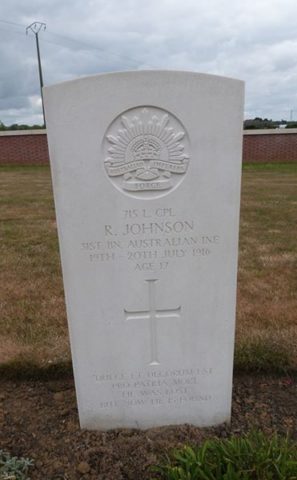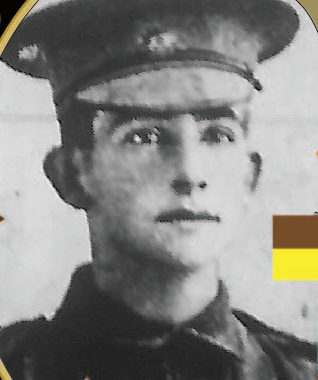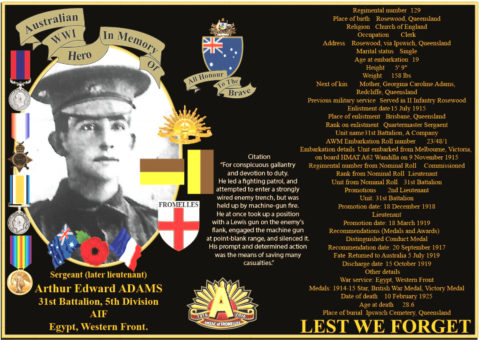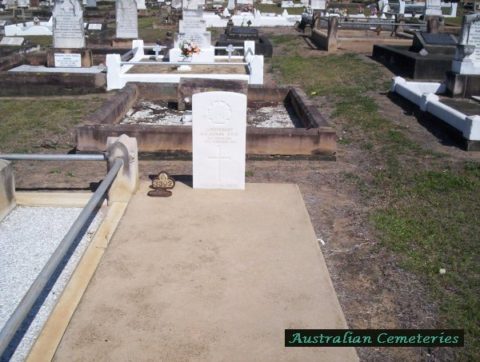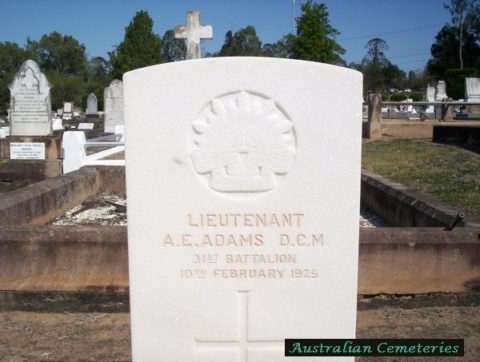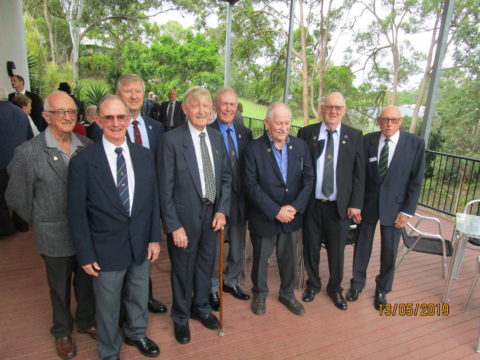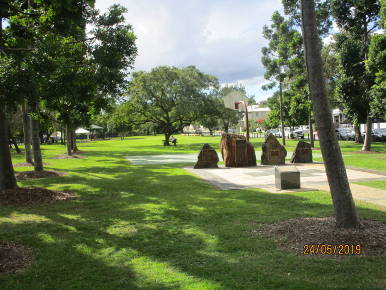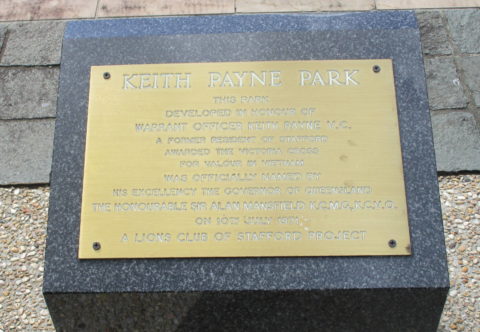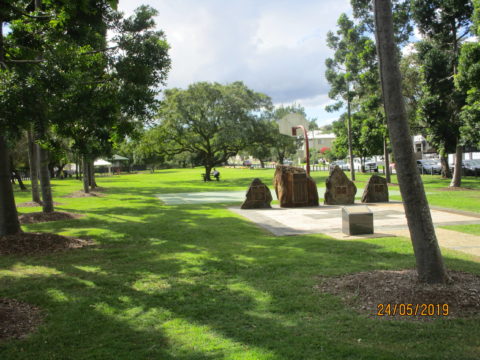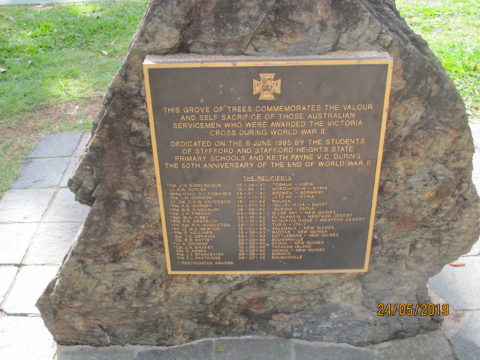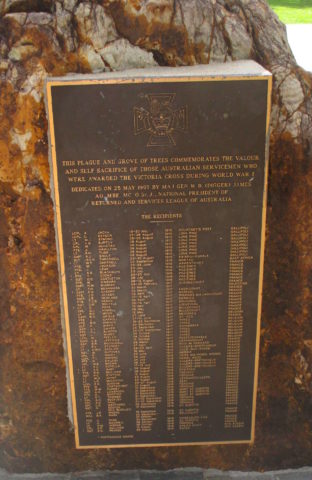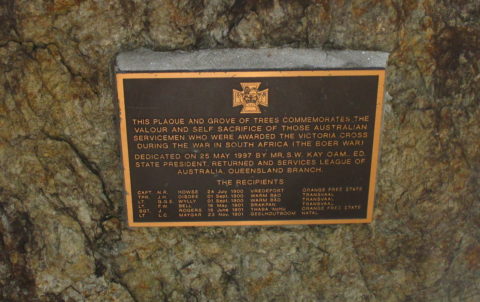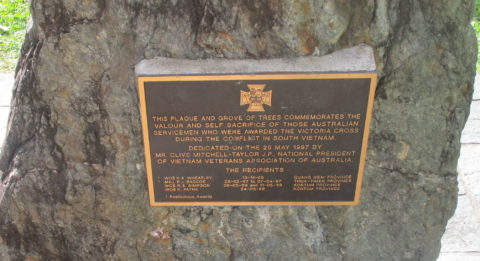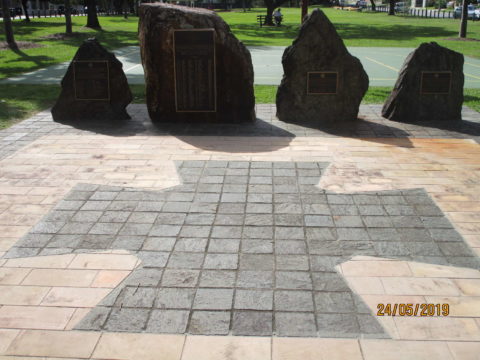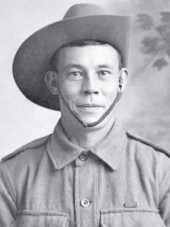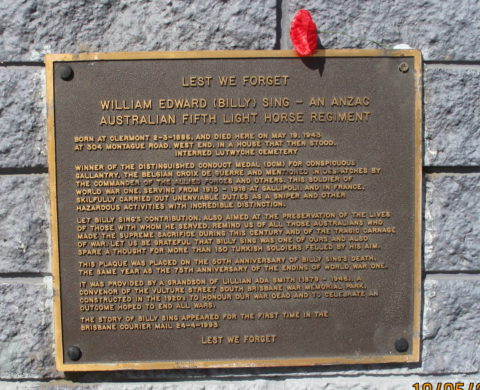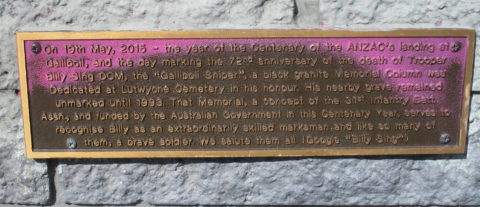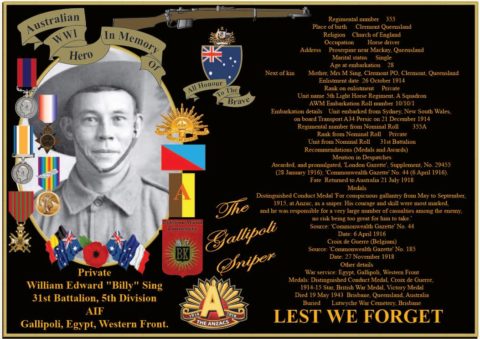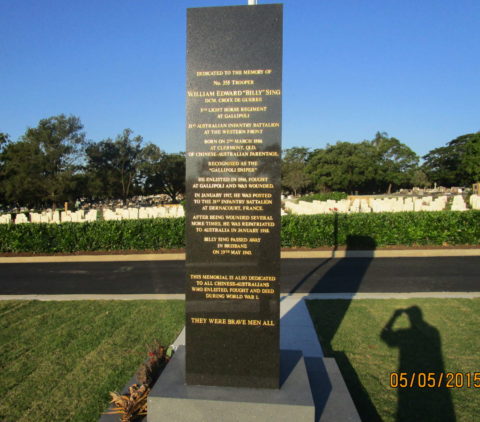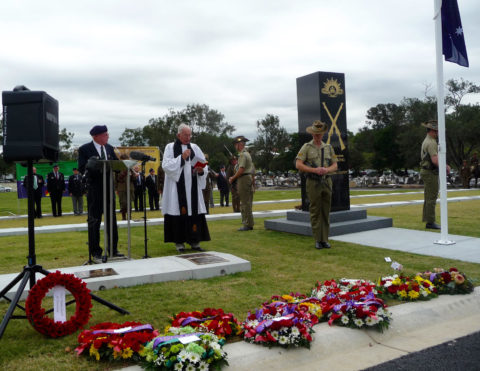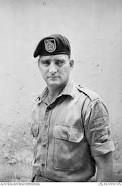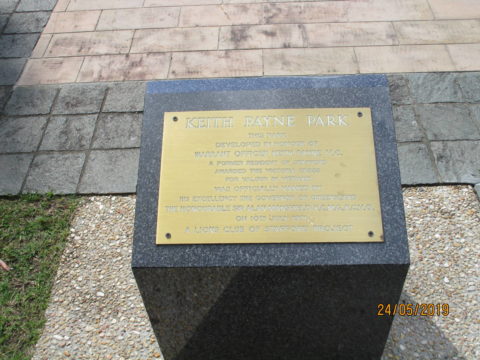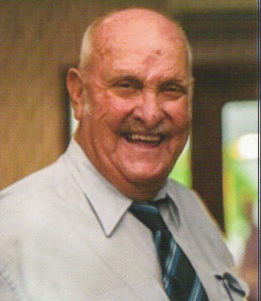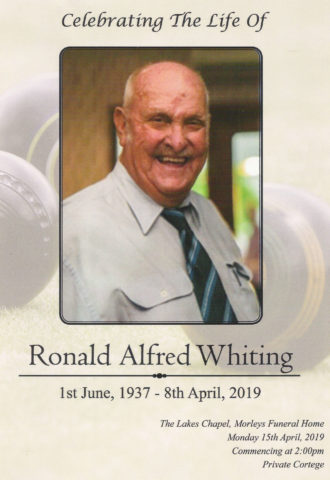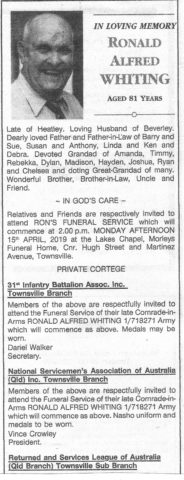On this day we honour 2 diggers who had connections to 31st Battalion RQR and were awarded Honours for actions 50 years ago today.
Firstly, WO2 Keith Payne VC AM, who grew up in Ingham and initially joined 31st Battalion before transferring to the Regular Army serving with distinction in Korea, Malaya and Vietnam. he was in the Army Training Team in Vietnam (AATTV) in northern South Vietnam when he was awarded the Victoria Cross for his actions.
His Citation reads –
“On 24 May 1969, in Kontum Province, Warrant Officer Payne was commanding 212th Company of 1st Mobile Strike Force Battalion when the Battalion was attacked by a North Vietnamese force of superior strength.
The enemy isolated the two leading companies, one of which was Warrant Officer Payne’s, and with heavy mortar and rocket support assaulted their position from three directions simultaneously. Under this heavy attack, the indigenous soldiers began to fall back. Directly exposing himself to the enemy’s fire, Warrant Officer Payne, through his own efforts, temporarily held off the assaults by alternatively firing his weapon and running from position to position collecting grenades and throwing them at the assaulting enemy. While doing this, he was wounded in the hands and arms.
Despite his outstanding efforts, the indigenous soldiers gave way under the enemy’s increased pressure and the Battalion Commander, together with several advisors and a few soldiers, withdrew. Paying no attention to his wounds and under extremely heavy enemy fire, Warrant Officer Payne covered this withdrawal by again throwing grenades and firing his own weapon at the enemy who were attempting to follow up.
Still under fire, he then ran across exposed ground to head off his own troops who were withdrawing in disorder. He successfully stopped them and organised the remnants of his and the second company into a temporary defensive perimeter by nightfall. Having achieved this, Warrant Officer Payne of his own accord and at great personal risk, moved out of the perimeter into the darkness alone in an attempt to find the wounded and other indigenous soldiers. Some had been left on the position and others were scattered in the area.
Although the enemy were still occupying the previous position, Warrant Officer Payne, with complete disregard for his own life, crawled back on to it and extricated several wounded soldiers. He then continued to search the area, in which the enemy were also moving and firing, for some three hours. He finally collected forty lost soldiers, some of whom had been wounded, and returned with this group to the temporary defensive perimeter he had left, only to find that the remainder of the battalion had moved back. Undeterred by this setback and personally assisting a seriously wounded American adviser, he led the group through the enemy to the safety of his battalion base.
His sustained and heroic personal efforts in this action were outstanding and undoubtedly saved the lives of a large number of his indigenous soldiers and several of his fellow advisors. Warrant Officer Payne’s repeated acts of exceptional personal bravery and unselfish conduct in this operation were an inspiration to all Vietnamese, United States and Australian soldiers who served with him. His conspicuous gallantry was in the highest traditions of the Australian Army.”
Keith Payne was invested with his Victoria Cross by Queen Elizabeth II on the Royal Yacht Britannia in Brisbane on the 13th April 1970. He was awarded the OAM for service to Veterans in 2006 and this was upgraded to AM in 2015. Today Keith lives in Mackay.

In the same Battalion at that time was WO2 Barry Tolley, who following his service in Vietnam, had an ARA post with 31st Battalion RQR. Barry was awarded the Distinguished Conduct Medal for his actions at the same time
His DCM Citation reads –
“Warrant Officer Tolley enlisted in the Australian Regular Army in 1959. After serving the The Royal Australian Regiment in Malaysia and Borneo, he joined the Australian Army Training Team in Vietnam in June 1968.
On 22 May 1969, Warrant Officer Tolley was serving as Commander of 211th Mobile Strike Force Company, 5th Special Forces Group on an operation in Kontum Province when it was attacked by a North Vietnamese force. So heavy was the enemy’s initial assault, that the indigenous soldiers of the company began to scatter. Warrant Officer Tolley ran about his troops, exposing himself to heavy enemy small arms, rocket and mortar fire, in an attempt to hold them together. However, under increased enemy pressure, the majority of the soldiers fell back. Showing great courage and despite the overwhelming odds, Warrant Officer Tolley continued to hold his ground. Assisted by only three other soldiers, he held back the assault enemy and covered the withdrawal of the wounded and the remainder of his company. Together with these three soldiers, he finally fought his way back to the Battalion base.
Two days later on 24 May, Warrant Officer’s Tolley’s Company was moving as the rear element of his Battalion in the same area. The leading companies were heavily attacked by a superior North Vietnamese force, which also got between Warrant Officer Tolley’s company and the remainder of the Battalion. He quickly reorganised his company and led an assault on the enemy in an attempt to break through to the forward companies. However, they were driven back with heavy casualties by intense enemy fire. Warrant Officer Tolley rallied his troops and showing outstanding personal bravery, then assaulted the enemy a second time at the head of only 15 of his soldiers. Again he was driven back. The remainder of his company, to the rear of Warrant Officer Tolley, were now under a very heavy mortar and rocket fire and began to withdraw in disorder. Not being in a position to rally them again, Warrant Officer Tolley stayed between his troops and the enemy who were starting to attack. Unselfishly exposing himself to heavy fire, he then personally covered the withdrawal until the wounded and the remainder of his soldiers were clear.
Warrant Officer Tolley’s exceptional bravery and aggressive leadership in these actions and on a number of other occasions during his long tour with the Mobile Strike Force were an outstanding example to those under his command. His professionalism and exemplary conduct reflect great credit on himself, the Australian Army Training Team and the Australian Army.”
Barry was promoted to WO1 and also awarded the OAM for outstanding service to the Australian Army, particularly in the field of training.
Sadly he died in Dec 2016. LEST WE FORGET
Today I visited Keith Payne VC Park in Stafford, Brisbane and took some photos posted here. The various Memorial Plaques honour all Victoria Cross winners who are named on different Plaques. They include our own Paddy Bugden VC from WW1 and Jimmy Gordon VC from WW2.
LEST WE FORGET ALL THESE BRAVE MEN
24th May 2019
